From Cornish Gilliflower to Rivers Early Peach: An apple a day keeps Britain’s heritage native fruit from dying out
81% of traditional apple orchards have vanished from Britain, but ‘heritage’ apples retain a following, says Jack Watkins, who rounds up nine of the most interesting.


‘You can make an apple pie every day for 16 years and not use the same variety twice,’ declares Common Ground’s The Apple Source Book. More than 6,000 varieties have been recorded in Britain, with evidence of specialised cultivation in the gardens of monasteries and great houses dating back to the 13th century.
Apple trees thrive on a range of soil and site types (but not in highly exposed or cold spots), so by the 19th century the country boasted a rich regional range of fruit varieties, developed by amateur and professional plantsmen.
Small-scale domestic production was profitable into the 20th century, but a stiffening post-war economic climate led to the clearance of many traditional orchards as subsidies made cereal production more profitable. The demands of supermarkets — and consumers — for shiny-skinned, bruise-free apples of consistent taste and size was another blow. Commercial growers relate that even the dependable Cox is now a hard sell, and that newer overseas varieties — able to grow on British soils — like Gala and Braeburn, are a better bet. Yet ‘heritage’ apples, where the emphasis is on taste not yield, retain a following. Since the 1990s the National Trust, the Forestry Commission and the People’s Trust for Endangered Species (PTES), with its annual Orchard Blossom and Apple Days, along with community orchard groups, have been restoring overgrown traditional orchards (comparable to oaks for the diversity of supported flora and fauna) and throwing a lifeline to flavoursome older apple varieties.
Here are a few tasty heritage delights.
Ashmead’s Kernel
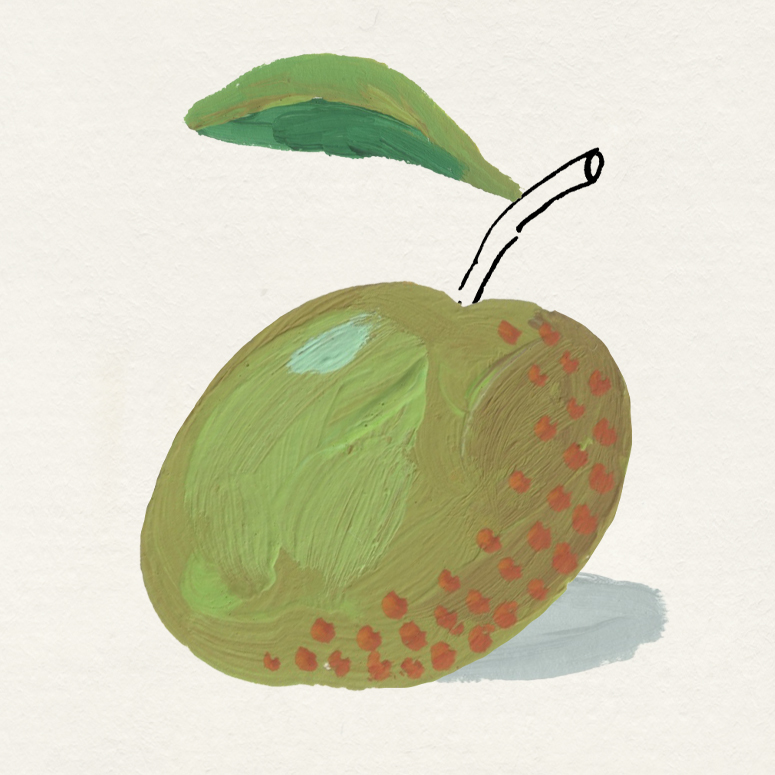
A late season eating apple, at its tastiest over the winter months. Its sandpapery, golden-brown skin has a yellowish-brown russet. This venerable eating apple was raised by Dr Ashmead of Gloucestershire in the early 18th century but, while a localised favourite, it did not come into its own until the 19th century when it was hailed for its juicy, sugary flavour. More recently, Hugh Fearnley-Whittingstall has named it as his favourite heritage apple, writing in The Guardian that, ‘the bite is a nutty snap, exploding with champagne-sherbet juice infused with a lingering scent of orange blossom.’ Phew!
Cornish Gilliflower
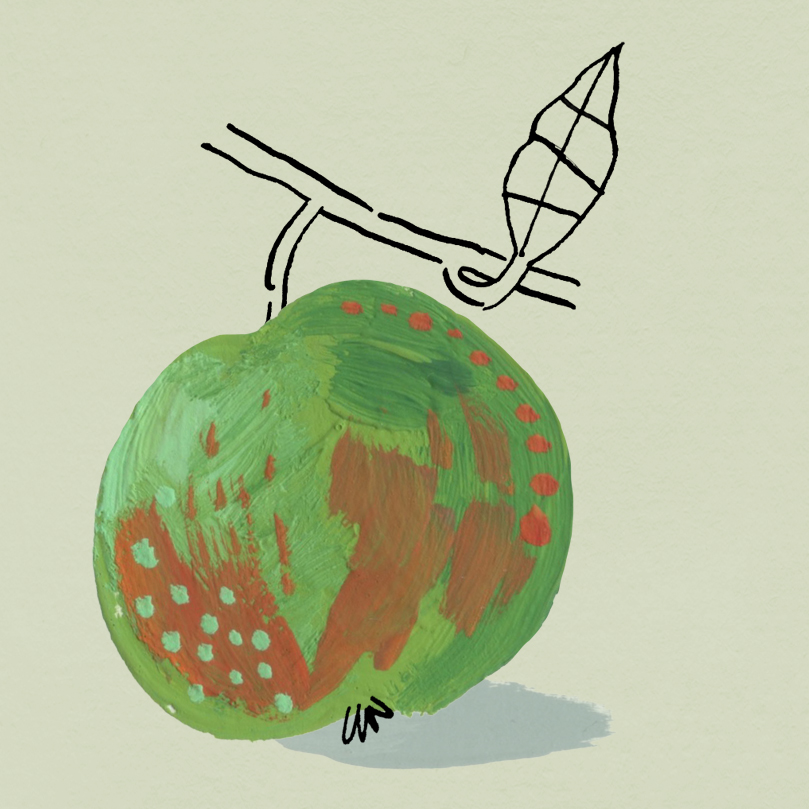
Another late picker, usually ready in October, but storing until winter’s end. Ribbed, rather oblong and yellow-green with red stripes and flushes. This Victorian favourite was discovered in a cottage garden near Truro, Cornwall, in around 1800, before being presented to the Royal Horticultural Society (RHS) in 1813 by the local magnate Sir Christopher Hawkins. By 1859, the distinguished pomologist Robert Hogg was hailing it as ‘one of our best dessert apples, remarkable for its rich and aromatic flavour.’ However, the RHS warns that it can be flavourless and chewy. In spite of its name, it doesn’t need to be grown solely in Cornwall.
Ellison’s Orange
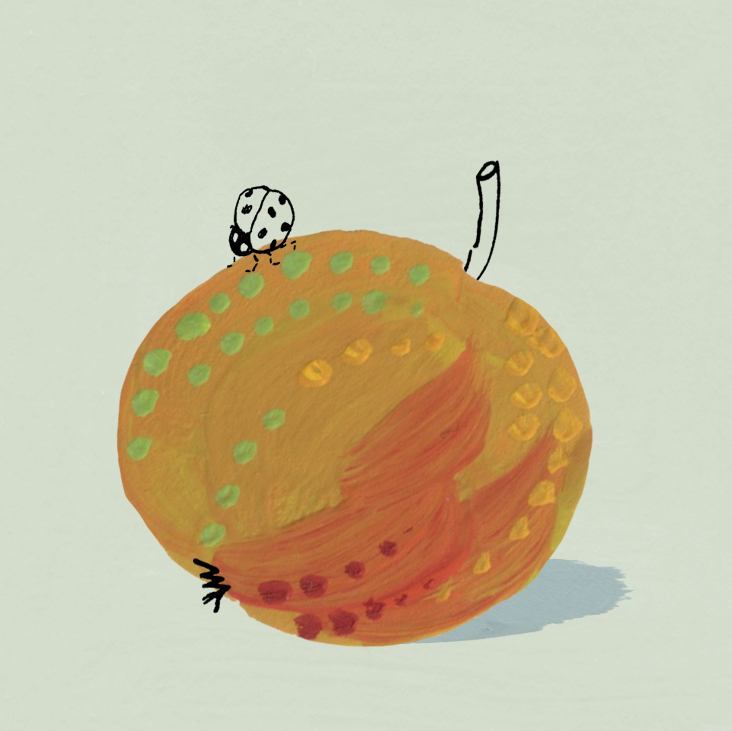
A mid-season eating apple, ripening in September and best eaten fresh. A distinctive aniseed flavour has been noted. Has a greenish yellow skin with a red flush. The Cox-like appearance is the clue to its backstory. It was a cross between Cox’s Orange Pippin and the Calville Blanc d'Hiver, the combined effort of the Rev Charles Ellison, the retired vicar of Bracebridge, Lincolnshire, and a Mr Wipf, the gardener at nearby Hartsholme Hall, in 1904. Ellison was a keen plantsman whose four acres of gardens at Bracebridge, filled with roses, drew vast crowds when he opened them to public view.
Knobby Russet

Also known as a Knobbed Russet or Old Maid, this one wins the prize for the oddest appearance. Conic in shape, the scaly, russet skin is covered in warts and knobs. Not especially juicy and can be chewy, but the flavour is reasonably strong. Slow Food in the UK recommends it as an accompaniment to cheese. It is a late ripener (November), and stores up to March. It was first recorded in 1819 when Haslar Capron of Midhurst, Sussex, sent some apples up to the London Horticultural Society. The variety almost fell out of existence by the mid-20th century, before being rediscovered in national fruit trials after 1945.
Laxton’s Superb
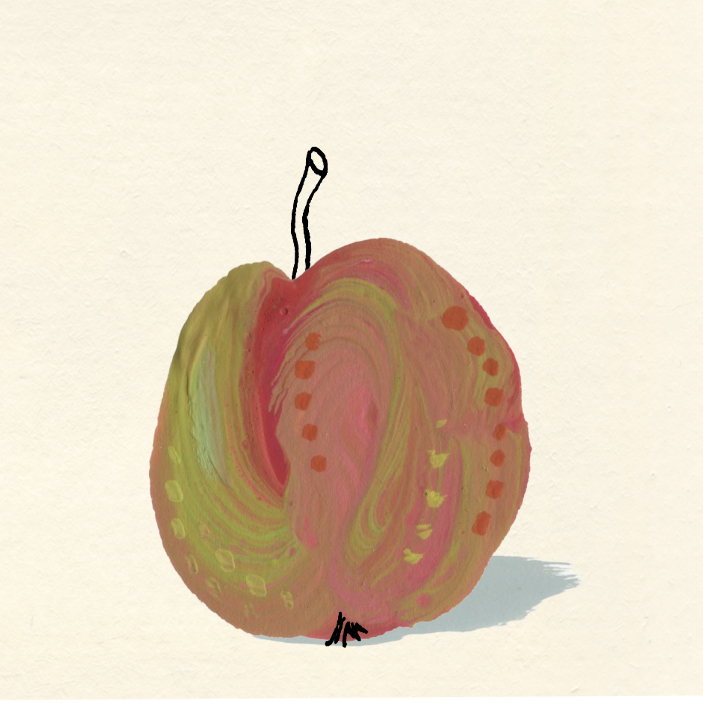
A handsome greenish-yellow eating apple with red flushing, and sometimes purple streaks. The fruit’s flesh is finely textured and firm, though not markedly juicy, but the tree is renowned for its bounteous cropping. Laxton’s Superb is a cross between Cox’s Orange Pippin and the Wyken Pippen, from Holland, and said to grow ‘where Cox fails to thrive.’ It is the most famous, and possibly the finest, of the many varieties raised by the Laxton brothers, Edward and William, who established a nursery in Bedford towards the end of the 19th century, specialising in the use of cross-breeding to develop new apple, pear and plum varieties.
Nutmeg Pippin
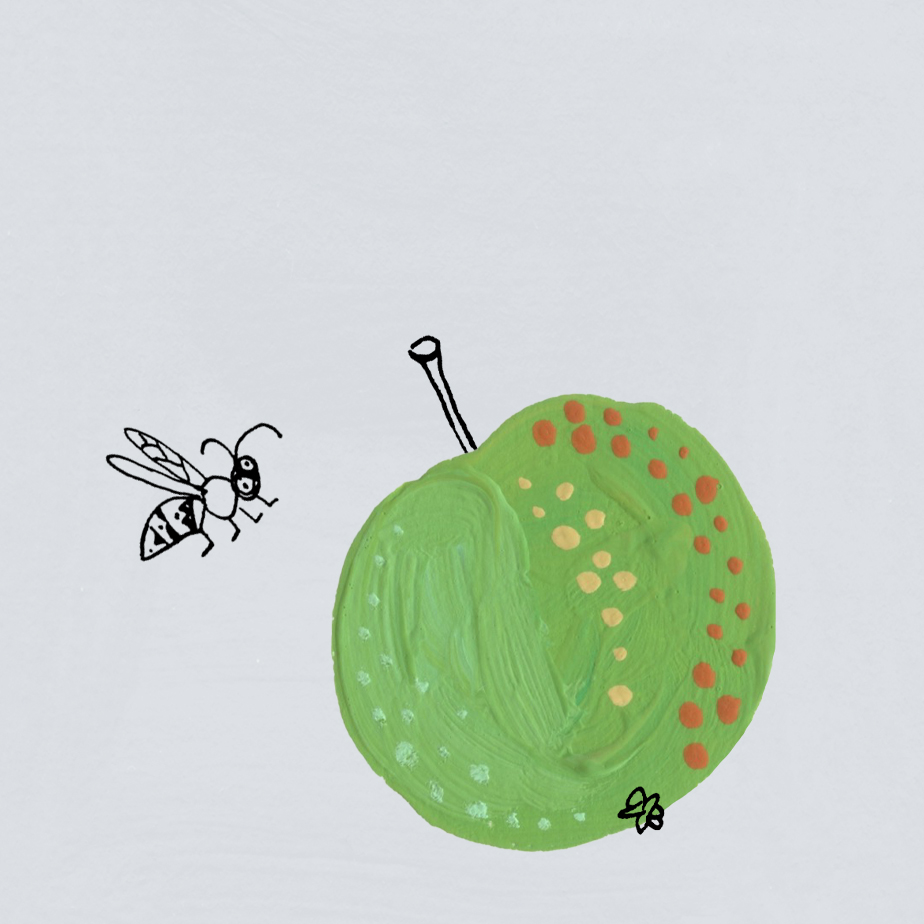
A small, somewhat angular eating apple with a greenish yellow skin, turning a deeper golden yellow as it ripens. The flesh is juicy and sugary, with an aromatic flavour. Its origin is unknown, but it may date back at least to the early 19th century. Edward Bunyard in his Handbook of Hardy Fruits, published in 1920, states that the 19th century botanist John Lindley considered it to be the same as the Cockle’s Pippin, but that it was distinct from that fruit which had been raised in Sussex in about 1800. The Nutmeg Pippin was, added Bunyard, ‘a nice little fruit in March.’
Rivers Early Peach

Has a creamy yellow skin and a red flush. The taste is sweet and aromatic, though ‘apt to be a little dry,’ according to Bunyard. Others have detected a pear-like flavour if picked at the right time — it is ready in August, best eaten straight off the tree. It was raised by Thomas Francis Rivers in 1893 at his nursery in Sawbridgeworth, Herts. Established by John Rivers in 1725, under Thomas Francis, who also developed the Conference pear, it became one of the country’s largest commercial nurseries. The Rivers Heritage Site and Orchard Group, which looks after the site, is currently celebrating its 300th anniversary.
Saint Cecilia
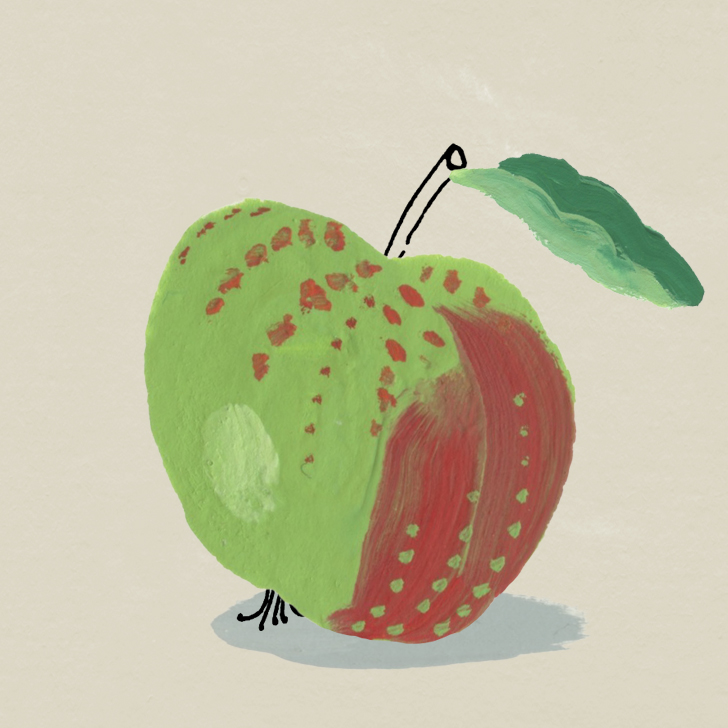
Greenish-yellow eating apple, with crimson flush, often with a lopsided look. Sweet and juicy fruit, long popular with West Country amateur growers because of its generous crop. Another variety best eaten straight off the tree. Ready for picking in October, the flavour is said to be most intense on Saint Cecilia’s Day (November 22). It is also used in ciders. It was raised via a seedling of a Cox’s Orange Pippin at the Basseleg nursery of John Basham in Monmouthshire around 1900. That year, Basham wrote an RHS paper describing 230,000 apple orchards in the UK, 30% of which were in the Welsh marches. (Today, according to the PTES, there are around 35,000 traditional orchards in England, and about 7,000 in Wales).
Worcester Pearmain
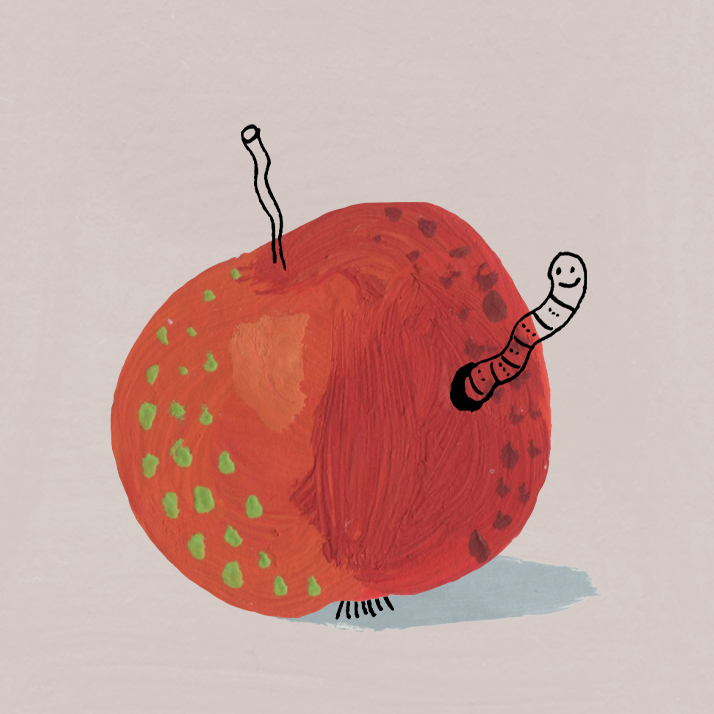
A pretty rose-red apple on a yellow-green base, with very white flesh. The children’s choice, this smallish, sweet-tasting early season (picking in September) variety is noted for its strawberry-like flavour. Also great for apple purée, but doesn’t store for long. For years it was a popular commercial variety after its introduction by the Worcester nurseryman Richard Smith, in 1873. It was claimed Smith had the world’s largest commercial nursery at the time. ‘The flavour of this fruit is greatly underrated by many,’ maintained Bunyard, ‘as it is usually gathered and eaten before it is ripe.’
Jack Watkins has written on conservation and Nature for The Independent, The Guardian and The Daily Telegraph. He also writes about lost London, history, ghosts — and on early rock 'n' roll, soul and the neglected art of crooning for various music magazines
